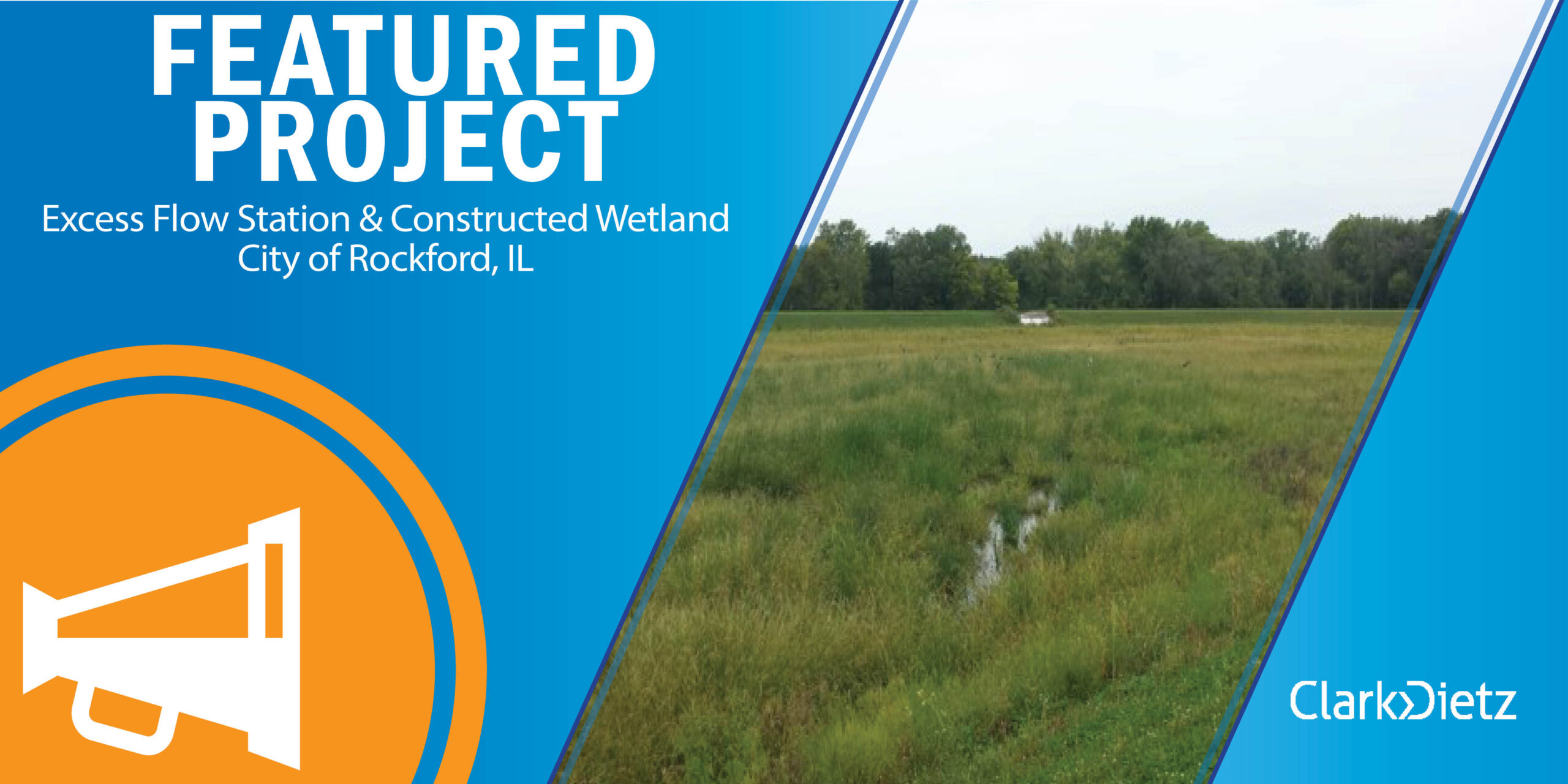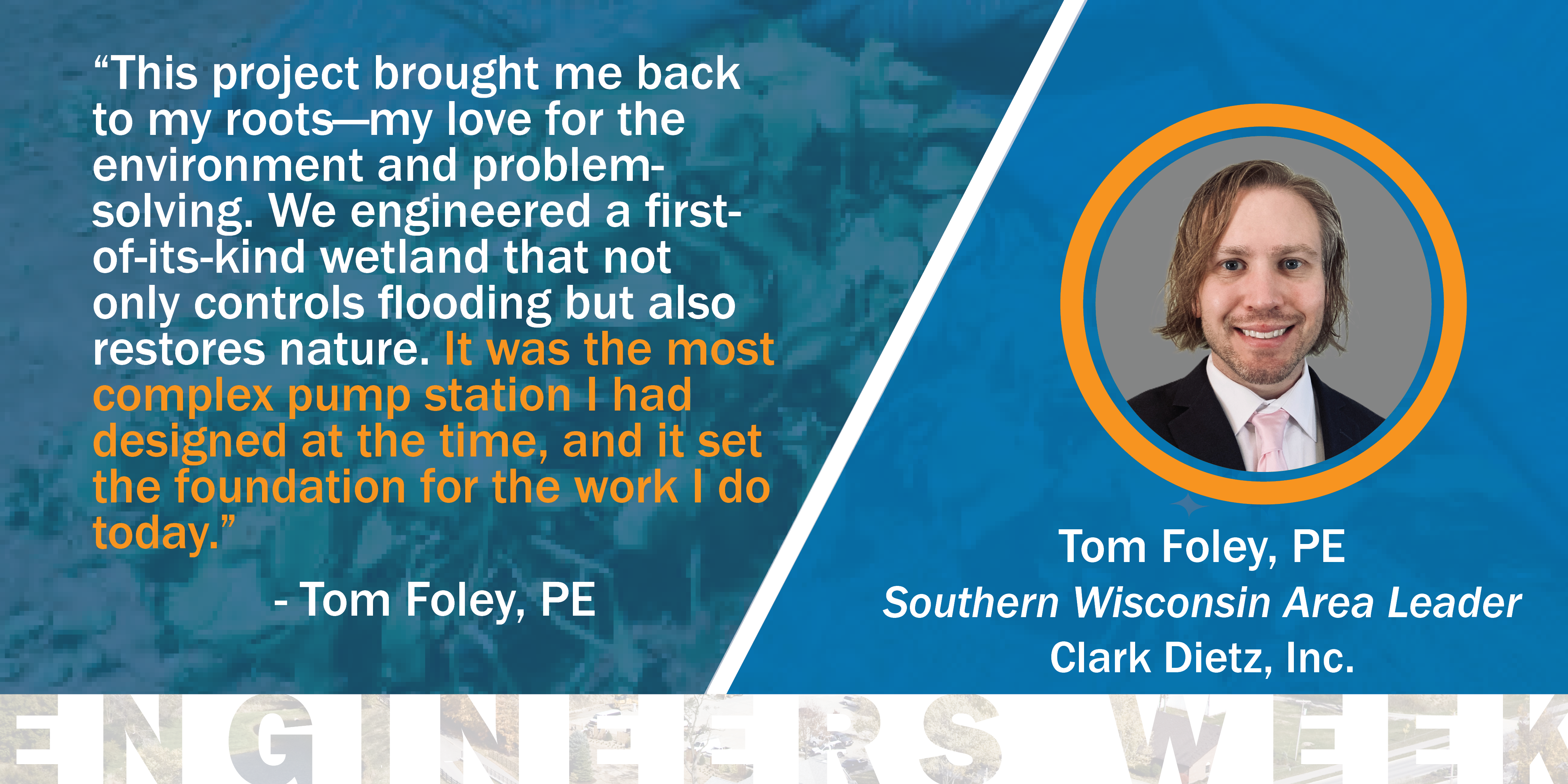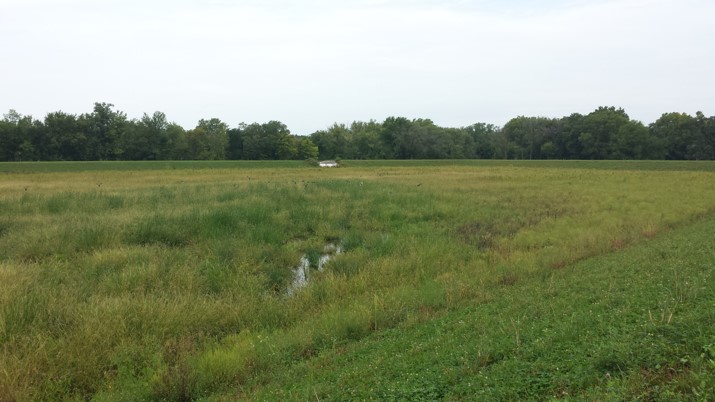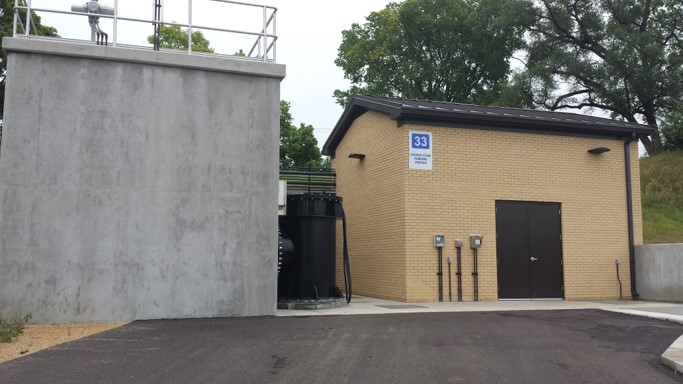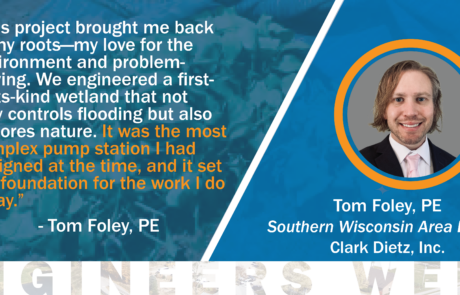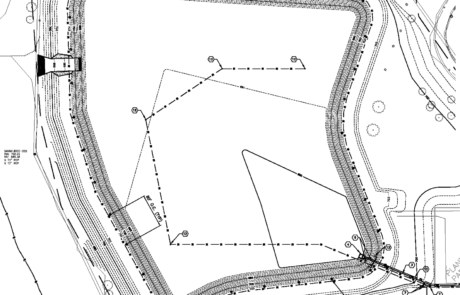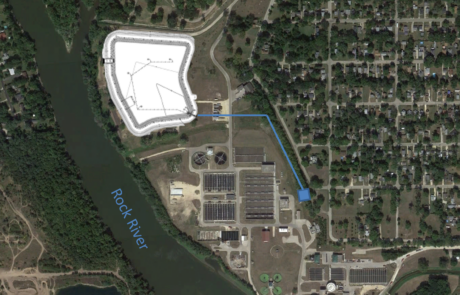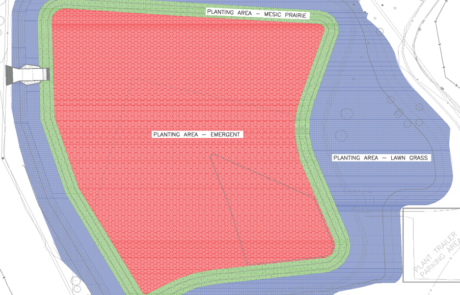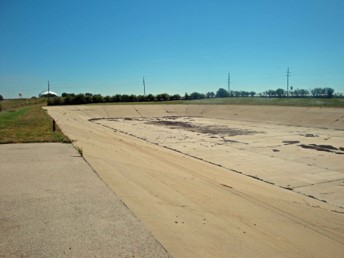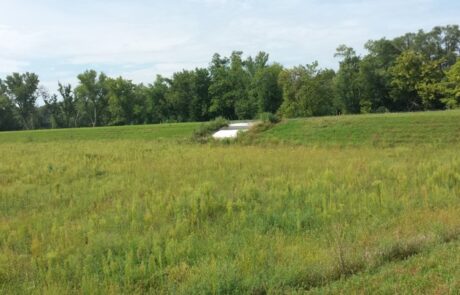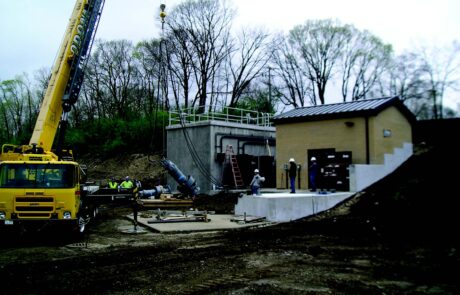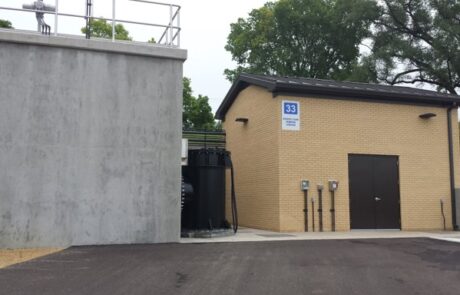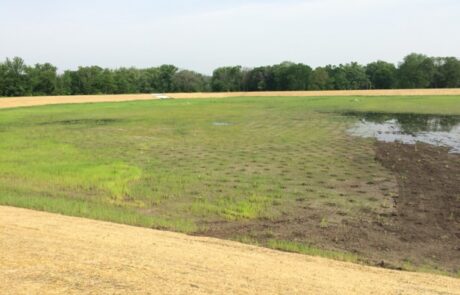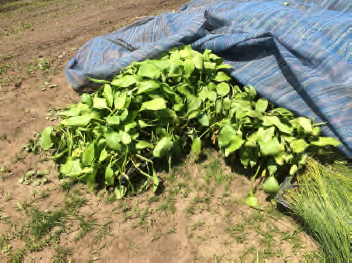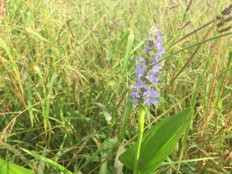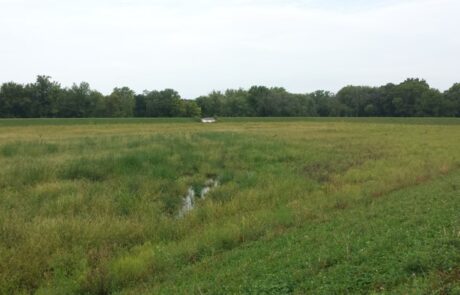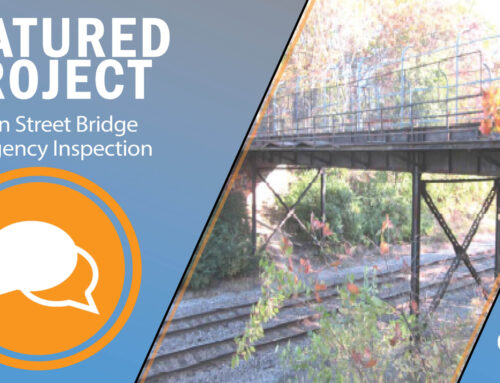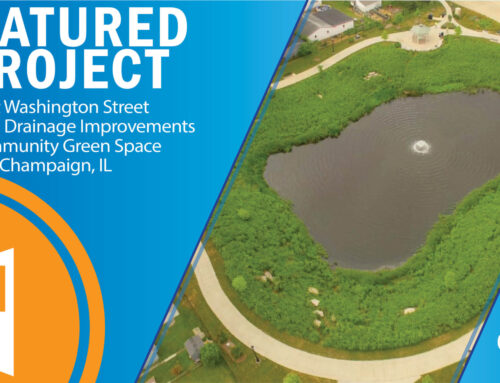At Clark Dietz, engineering is more than designing infrastructure—it’s about solving complex challenges in ways that benefit both people and the environment. For Tom Foley, PE, our Southern Wisconsin Area Manager, one project stands out as a defining moment in his career: the Excess Flow Station & Constructed Wetland in Rockford, Illinois. This groundbreaking project not only addressed wastewater management challenges but also paved the way for environmentally conscious solutions in the industry.
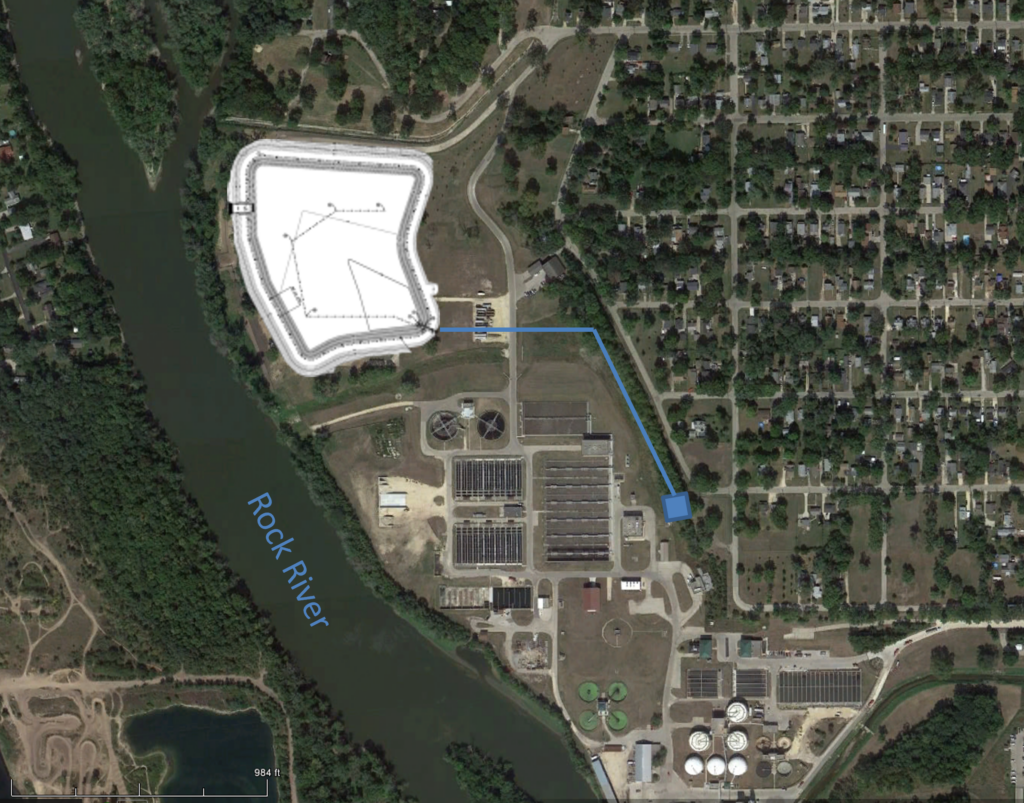
Design mock-up and location
The Challenge: Excess Flow and Sewer Overflows
The Rock River Water Reclamation District (RRWRD), now called the Four Rivers Sanitation Authority (FRSA), faced a pressing issue: its combined sewer system struggled to handle heavy rain events. The wastewater treatment plant, designed for 80 million gallons per day (MGD), could experience surges up to over 100 MGD—leading to basement backups and sewer overflows. The FRSA needed a storage solution for major storm events.
When Clark Dietz joined the project, FRSA was purchasing land north of the plant to accommodate additional storage. However, rather than building a traditional, concrete-bottom basin, they wanted a sustainable, community-focused solution—something that blended function with environmental responsibility.
A First-of-Its-Kind Wetland Solution
Clark Dietz proposed a constructed wetland storage basin, a first-of-its-kind in Illinois for overflow polishing and treatment in an unlined basin. Securing IEPA approval required extensive research, permitting, and proof that the wetland would operate safely. Our team spent years conducting scaled tests, nutrient loading analyses, and groundwater assessments to ensure its viability.
One of the most critical findings? The nutrient load from stored wastewater in the wetland would be equivalent to just one cow grazing on the land—proving that the basin could function without requiring a liner.
The 25-million-gallon wetland basin features native wetland plantings, including milkweed for pollinators, and an excess flow pump station rated at 65.4 MGD—one of the largest pump station Clark Dietz had designed at the time. The system was engineered to fill quickly and drain within 24 hours, ensuring effective flood mitigation and wastewater treatment.
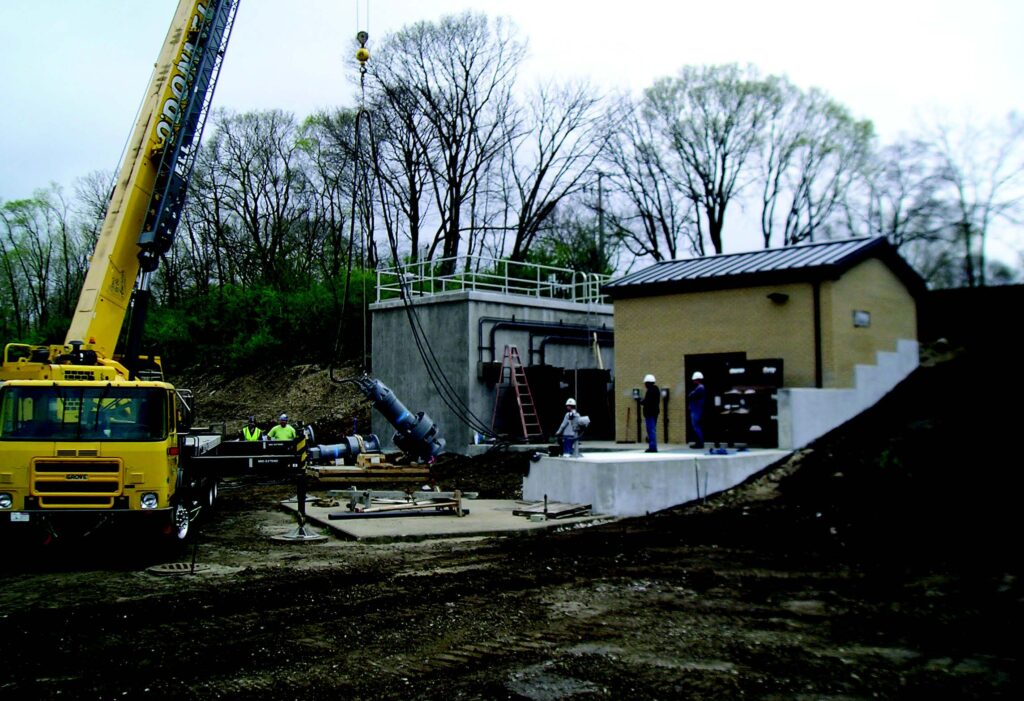
Pump Station during construction
Complex Engineering, Long-Lasting Impact
This was a technically complex project, featuring 48-inch-diameter, high-capacity pumps, and a pump station built into a hillside. The wetland also needed to remain wet year-round, not just during storm events. The team solved this challenge by diverting a portion of treated effluent to sustain the wetland, reducing chemical use and further enhancing water quality.
Modeling the system was another challenge. The team relied on custom-built Excel models to simulate the pump curves and flow transitions. The pump station had to seamlessly handle flows ranging from 5,000 gallons per minute to 45,000 gallons per minute, ensuring smooth operation and preventing wastewater from stagnating in the floodplain.
Beyond its technical success, the constructed wetland has had lasting environmental and educational impacts. Today, the site is a thriving ecosystem, supporting insects and wildlife. FRSA has also integrated the wetland into its public education initiatives, demonstrating sustainable water management to students and visitors.
Tom Foley’s Perspective: A Career-Defining Project

Wetland
For Tom Foley, PE, this project was a career milestone, blending engineering innovation with ecological restoration. With a bachelor’s and master’s degree in Civil and Environmental Engineering from the University of Illinois Urbana-Champaign, Tom has always been drawn to projects that integrate infrastructure with nature.
“This was the first major project I led from concept to completion, and having full control over the design made it incredibly rewarding,” Tom recalls. “It was also the largest pump station I had designed at the time, which really set the foundation for the work I do now.”
His passion for the environment stems from his upbringing—spending time outdoors and exploring nature. But Tom’s passion for engineering was sparked by a competitive sibling rivalry—his older brother had dreams of attending the University of Illinois’ Engineering program but wasn’t admitted. Determined to carve his own path, Tom not only got in but earned both his bachelor’s and master’s degrees in Civil and Environmental Engineering. “Don’t worry,” Tom adds, “he’s a doctor, so he’s doing okay.”
The project not only shaped his expertise in large-scale pump station design but also reinforced Clark Dietz’s reputation for pioneering sustainable wastewater solutions. What started as a unique challenge became a model for future wastewater solutions, proving that sustainable infrastructure can be both effective and scalable.
Engineering for the Future
As we celebrate Engineers Week, we recognize projects that go beyond technical execution—those that leave a lasting impact on both infrastructure and the environment. The Constructed Wetland for Excess Flow Storage is a testament to the power of engineering to solve challenges in innovative, sustainable ways.
Learn More
🔗 Read the full project summary: Constructed Wetland
🔗 Read Constructed Wetlands: A New Solution to Excess Flow Storage


